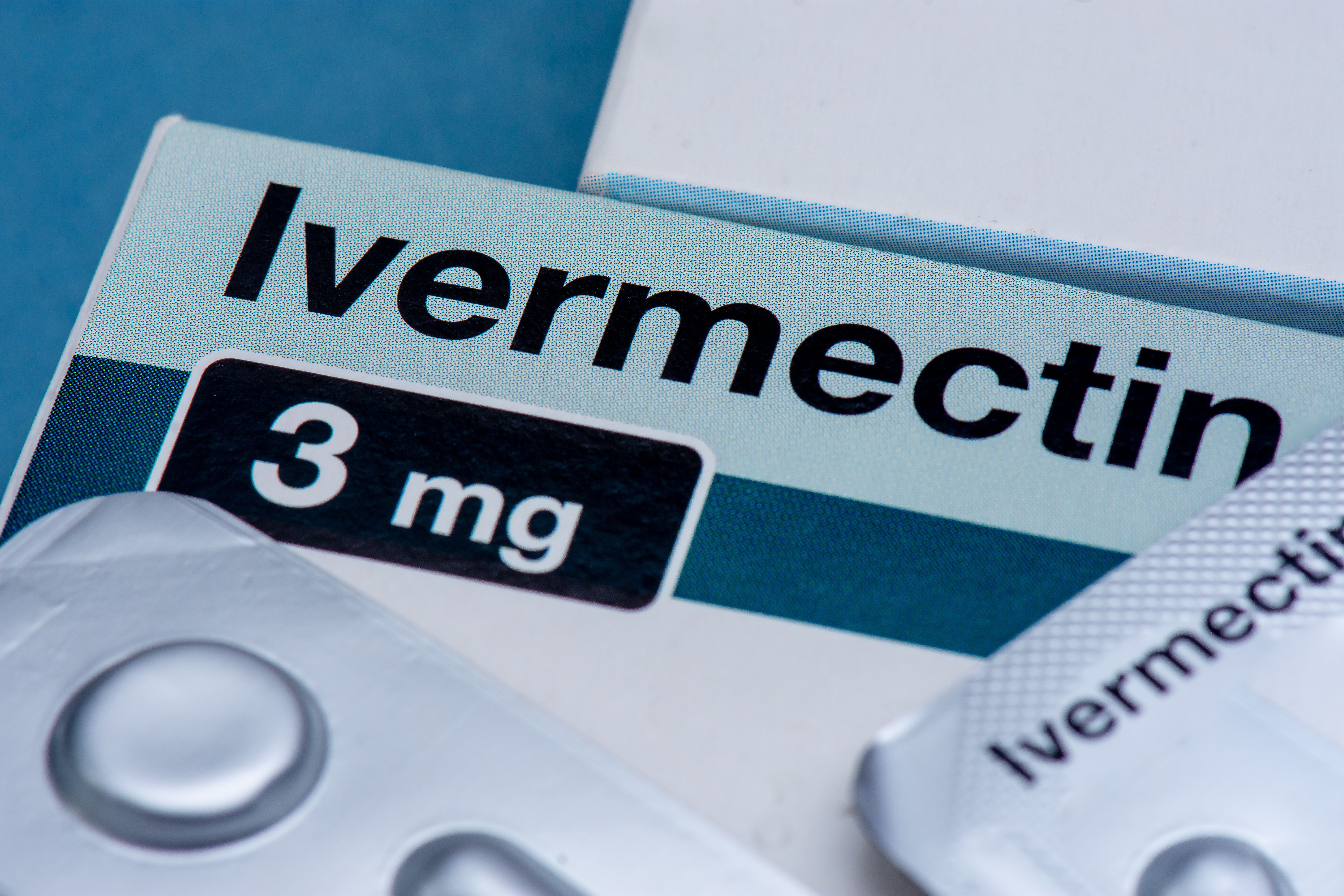Article
Statin Therapy Appears to Reduce Hospitalizations and Save Money
Author(s):
Middle-aged men who took statins for 5 years had a substantially lower hospitalization rate and reduced health care costs over a 15-year period.
Middle-aged men who took statins for 5 years had a substantially lower hospitalization rate and reduced health care costs over a 15-year period.
Preventive statin use in middle-aged men may not only help reduce the risk of heart attacks and strokes, but could also save a great deal of money through reduced hospitalizations, according to the results of a recent study.
The study, published online on July 9, 2013 in the European Heart Journal, re-analyzed data from the West of Scotland Coronary Prevention Study to assess the efficacy and cost-effectiveness of statin treatment in the primary prevention of cardiovascular disease. The original study randomly assigned 6595 men aged 45 to 54 with high cholesterol and no previous heart attacks to take either 40 mg of pravastatin or placebo once daily for 5 years. Participants taking pravastatin were less likely to die from cardiovascular disease than those in the placebo group. The results of an additional 10-year follow-up indicated that the original 5 years of treatment with pravastatin had long-term benefits on reducing the risk of cardiovascular-related death.
For the current analysis, the researchers evaluated the costs and benefits of the initial 5-year pravastatin treatment over the full 15-year follow-up period, focusing on hospitalizations and quality of life. Due to concerns regarding increased diabetes risk associated with statin treatment, diabetes-related hospitalizations were also evaluated. Pravastatin cost was calculated using the price of a 3-month prescription in 2012 extrapolated to cover the period of use during the original study. The cost of 2 annual liver function and cholesterol tests were also calculated and added to the overall price for the initial treatment period.
The results indicated that participants who took preventive pravastatin were 28% less likely to be hospitalized for any cardiovascular reason, and 43% less likely to be hospitalized for heart failure than were those in the placebo group. The researchers did not find an increase in hospitalizations or health care costs for non-cardiovascular causes, including diabetes, among participants who took pravastatin.
Throughout the 15-year follow-up period, patients in the placebo group spent a total of 20,447 days in the hospital for cardiovascular conditions compared with 14,440 days for those who took pravastatin. The researchers estimated that for every 1000 patients taking pravastatin for 5 years, 163 cardiovascular-related hospital admissions (amounting to 1836 days in the hospital), 35 heart attacks, 11 strokes, 17 admissions due to heart failure, and 100 other hospitalizations related to heart disease could be prevented over a 15-year period. These reductions in hospital admissions would translate to a net savings of approximately $1.4 million in health care costs for the 1000 patients.
The researchers conclude that 5-year preventive statin treatment in middle-aged men appears to significantly reduce use of health care services and cost of health care, while increasing patient quality of life. They suggest that preventive treatment in younger men may be just as cost-effective.
Newsletter
Stay informed on drug updates, treatment guidelines, and pharmacy practice trends—subscribe to Pharmacy Times for weekly clinical insights.

FDA Grants Full Approval to mRNA-1273 COVID-19 Vaccine in Children At Increased Risk





